Brasso Seco, A Community and Cooperative Approach to Cocoa
By Rhonda Chan Soo | For Cocoa Research Centre, The UWI
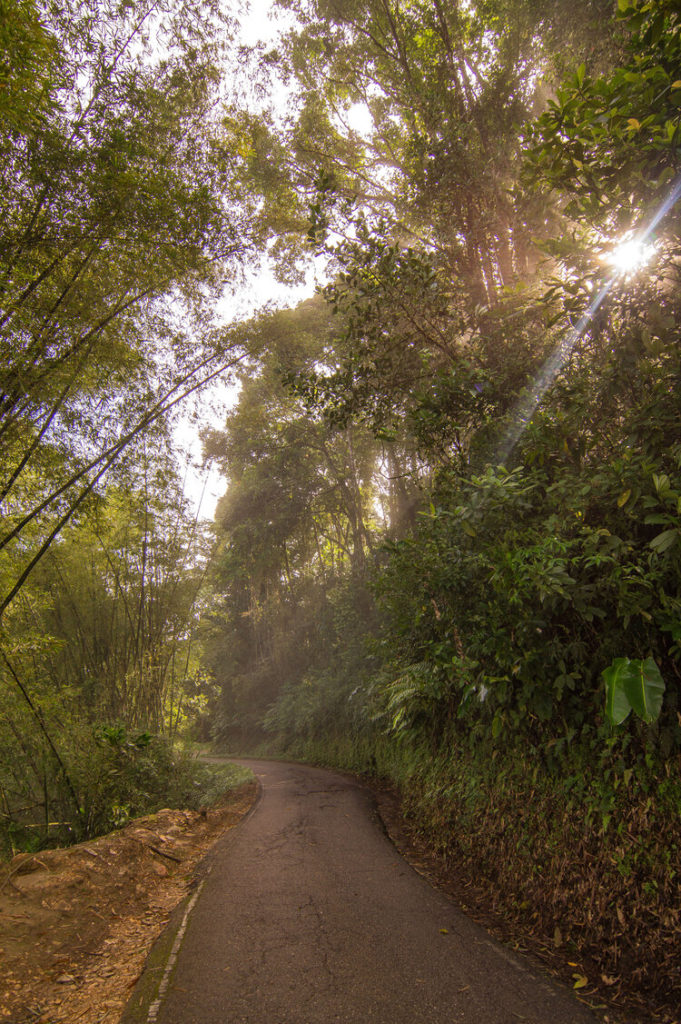
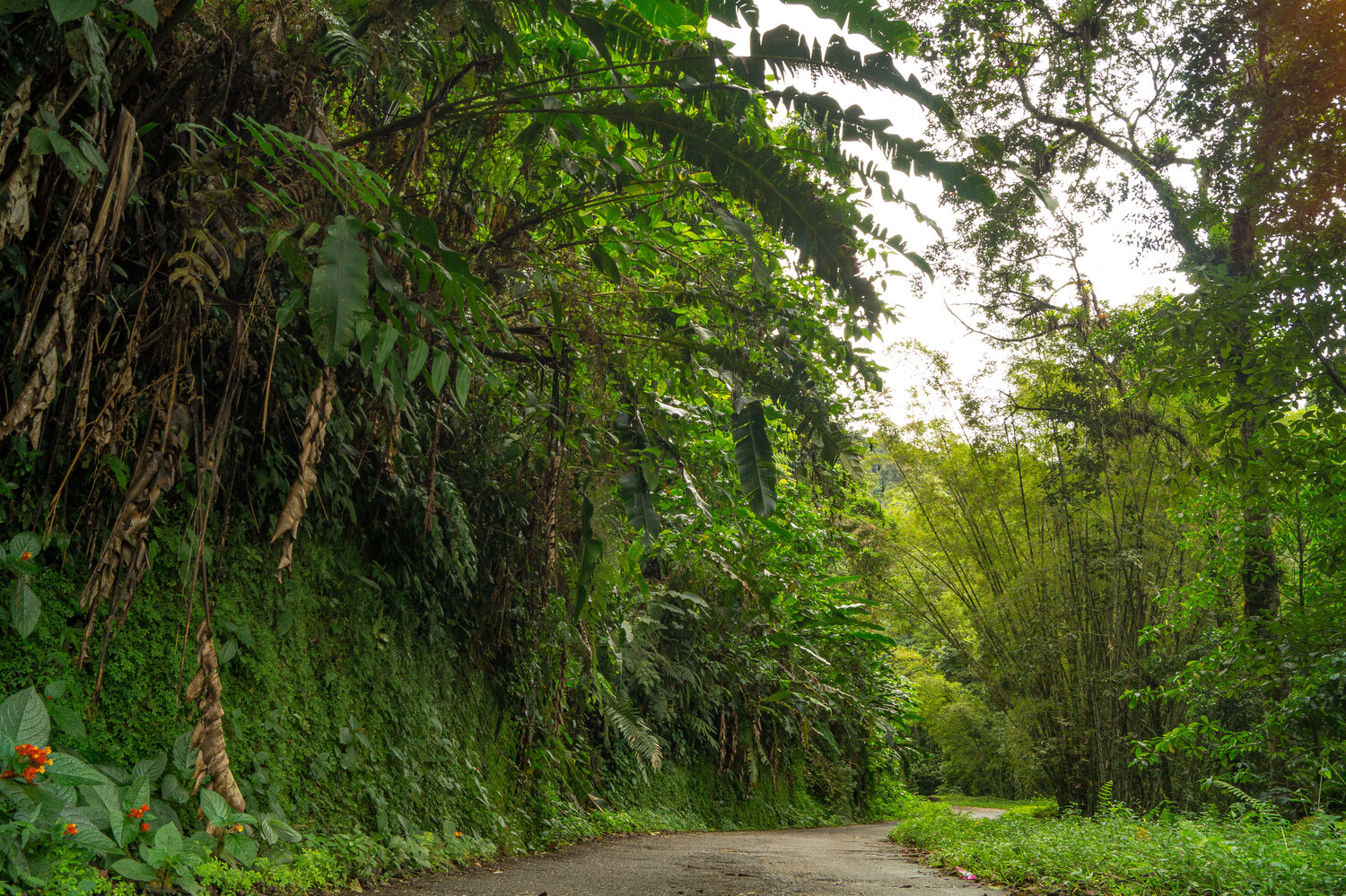
The road to Brasso Seco seems carefully etched along the mountainside. Ferns line rock walls, glimpses through towering trees and sprawling tropical leaves all render me breathless. Along the way, we have found ourselves in the midst of the forest and it is by far the most beautiful route I have taken in Trinidad. The face of the mountain opens up unexpectedly to reveal a stunning vista. The whole valley feels alive, pulsating with the energy of green, rippling out into a wave of rolling hills, and dissipating into the Caribbean Sea.

Breathtaking views on the scenic road into Brasso Seco. All Photos by Arnaldo James
Brasso Seco Village, nestled in the eastern hills of Trinidad’s Northern Range, is home to approximately 300 people. The majority are descendants of Cocoa Panyols, who came primarily as peons from Venezuela after slavery was finally abolished in Trinidad in 1834, and who propped up the cocoa industry. In the heart of this quiet village, a group of dedicated community members are working to revitalize their local cocoa industry, the spark of possibility ignited by collective memory and fueled through innovation. Brasso Seco’s community-based model aims to transform connections between cocoa farmers, processors and manufacturers, not only within Brasso Seco, but also in neighboring villages of the Northern Range.
At the visitor’s center, Kelly Fitzjames greets me. She and her husband Carl are directors of the Brasso Seco Chocolate Company, and she is also a member of the newly formed North Ridge Cocoa Cooperative. Kelly first came to Trinidad twenty years ago in 1998, to conduct baseline studies in ethnobotany research. “Nobody was doing anything with cocoa,” she recounts of the then dormant cocoa industry, and the village’s Tourism Action Committee, TAC, had also recently formed, adopting the buzzword ecotourism as its mandate. Fresh out of college and eager to be a part of something as it was just starting, Kelly returned the next year and has never left. She and Carl are deeply invested in community transformation. She proclaims to me: “What a difference it makes when the community is in charge of what they’re doing, and even if that in charge means there are different groups in charge of different things.”
Although many have left the village in search of broader opportunities, there is a magnetism to Brasso Seco that is difficult to escape, and therein lies the crux. Carl Fitzjames is no exception to this. As a young child in Brasso Seco, Carl would daydream of flying out of the country every time he saw a plane go by. With a pickaxe, his grandfather helped dig the road leading into the village in the early 1900s when he came to Brasso Seco from Caura at the tender age of 10, thereafter spending the remainder of his life working on various cocoa estates in the area. Carl’s mother also worked in cocoa, and was picking up pods under the trees from an early age. Without a formal education herself, she impressed upon her children the necessity of pursuing an education in order to get a “good job”. A couple decades later, Carl is a skilled scientist, a special metal expert welder working with a nuclear energy company in Canada. He reminisces, “One day I remember driving, somewhere around Montreal, and it hit me like a ton of bricks, I was happy as a little boy in Brasso Seco. And from that day onwards, I wanted to come back.”

Winston Maraj is the current President of the North Ridge Cocoa Cooperative. Born into a productive farming community in Guyana, Winston came to Trinidad in 1984, also at the age of 10. His family took up residence Sans Souci, a seaside village where his brother-in-law owned a cocoa estate. The family moved after only a year, and from that day Winston began dreaming of coming back to the mountains to a cocoa estate, but this time it would be one that they could own for themselves. As it turns out this dream was not too far from being realized. Winston first moved to Brasso Seco in 1995 to work on the Jennings Estate, and eventually was able to buy an abandoned lot. He started off planting christophene, a crop commonly grown in the Brasso Seco Valley. In 2014, Winston took a course in chocolate making facilitated by The UWI’s Cocoa Research Centre at the nearby Asa Wright Nature Centre and Bird Sanctuary. He shares his epiphany with me: “It fired off in my head. I say, you know what, from today, I’m not going to be a christophene farmer anymore. So I took all of it down.” Winston dismantled what he estimates to be 3000 christophene plants and began realizing his dream of planting cocoa on his own land.
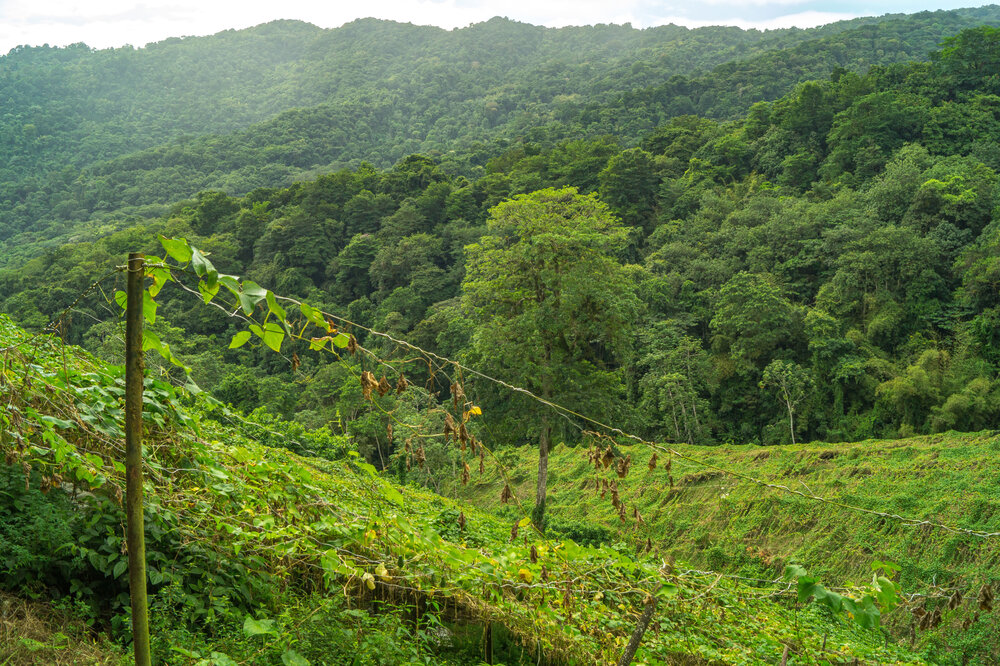

Carl, Kelly and Winston are among the community members who are working to spearhead community transformation in Brasso Seco via cocoa. Kelly nods to the interconnectedness of the various groups within the community, and believes that they each inspire multiple ways of growth and development.
Kelly tells me that beans don’t leave the community as beans, but rather as value-added products like cocoa powder, cocoa butter and chocolate, all of which earn an increased profit over dry beans. She continues in explaining their philosophy: “Each time you keep things within the community, you’re increasing your community’s income generation realities.” She notes that this is different from the former model, in which fine or flavour beans were exported and converted to chocolate that would never be consumed locally. Carl reflects that his grandfather, despite spending his life on cocoa estates probably never ate a chocolate.
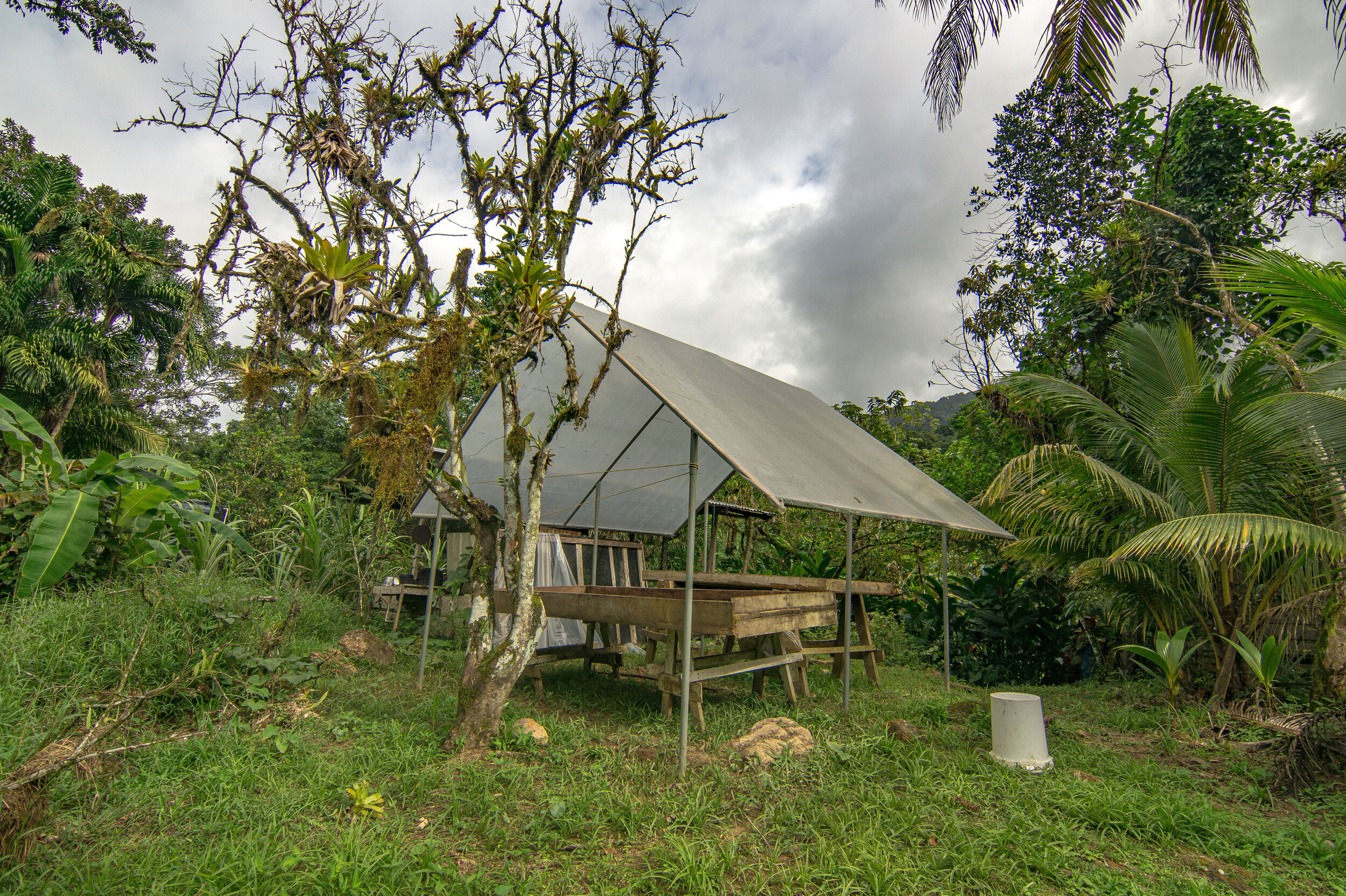
Here, Carl oversees the drying and fermentation of beans for the Brasso Seco Chocolate Company. These beans came from the Lee estate, formerly the Pacheco Estate, which is the last estate that Carl’s grandfather worked on.
The newly formed North Ridge Cocoa Cooperative aims to take the transformation of community-based business even further, where the farmer is involved along the entire process, all the way to the end product. It is at that point the profits would be shared. Winston outlines the first step in their plan towards increased production: the rehabilitation and replanting of its members’ cocoa estates, a process that is being undertaken in the form of a weekly gayap. The gayap works on a rotation basis, pooling labour to collectively tackle tasks on the various estates and sharing knowledge and other resources such as plant stocks. On the day that I visit, the gayap is on rotation at the estate of Andrew Charlery.

Andrew is 64 years old, a native of Brasso Seco. On his 5-acre estate, the gayap is at work, brush cutting and cleaning. He tells me that although he worked for many years with the Regional Corporation, he is no stranger to estate work, having learned at a young age from his father who worked primarily in cocoa. Andrew recalls his early memories of estates that were so well-groomed they used to look like flower gardens and also reflects that the trees on his estate need a lot of attention. Many are moss-covered and overgrown with vines and other plants, and some of them are older than he is. In addition to tackling the perennial issues of labour, Andrew is thankful that the cooperative allows them to get to know cocoa in a different way, acquiring and sharing information and techniques which allows them to approach their art from of cocoa growing with a renewed enthusiasm. Andrew sees incredible potential for the cooperative once they continue, as he describes, “Working together, carrying one spirit to get things pushed forward.”
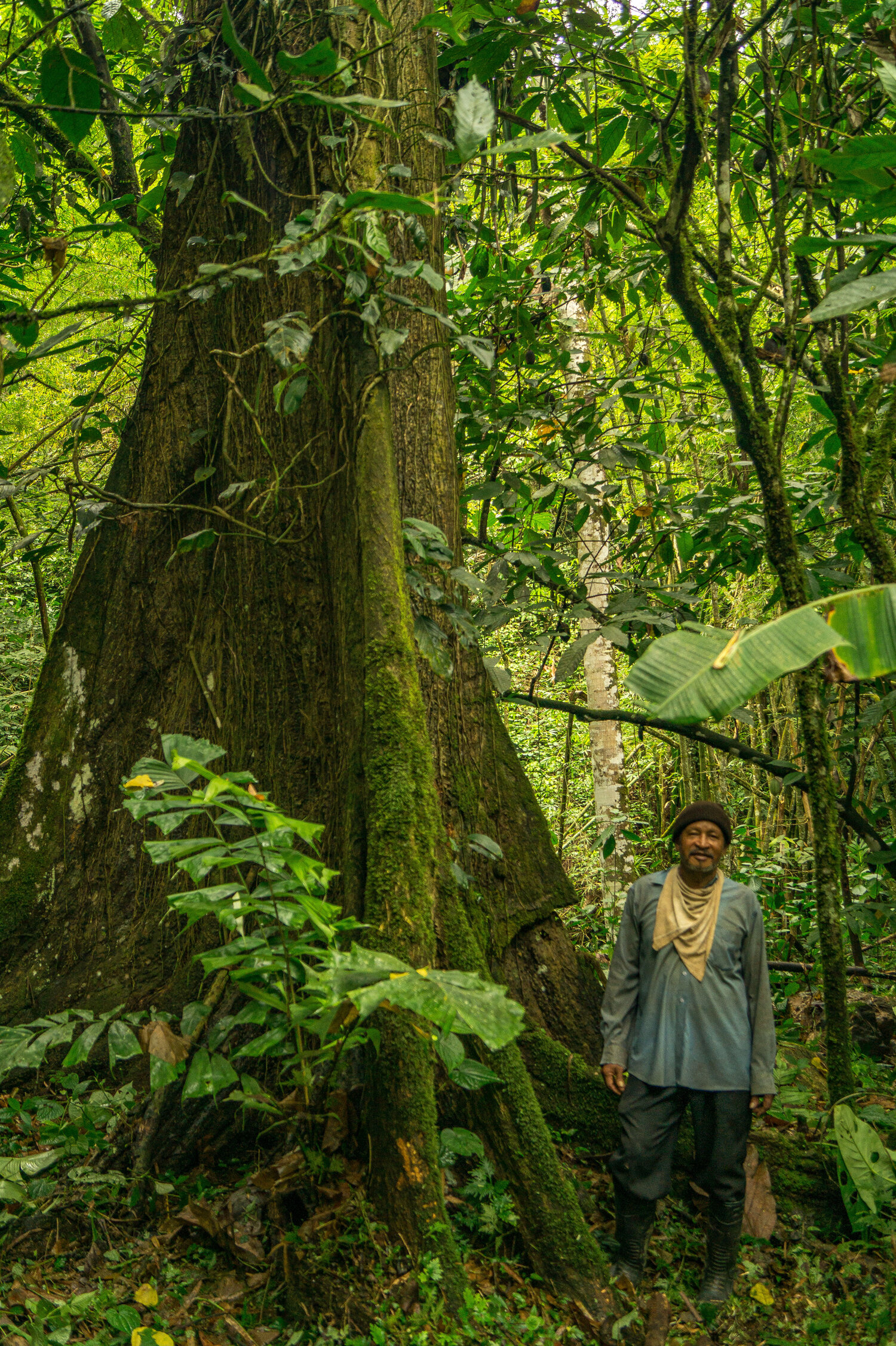

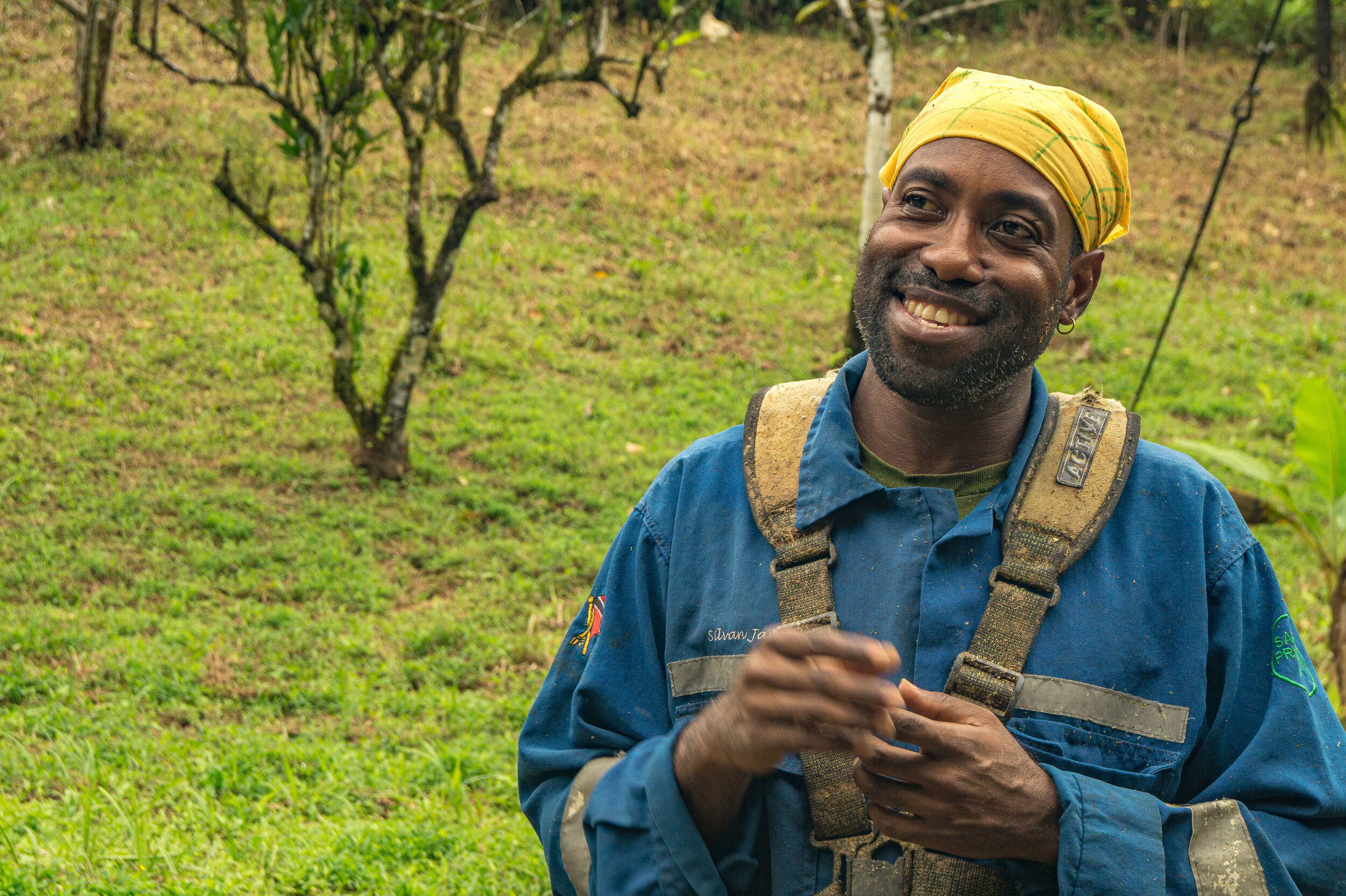
A major goal of the cooperative is to own a centralized facility where they can ferment and dry their cocoa beans, processing them together as a community. The cooperative has applied for funds to build its own drying house, which would allow them to tackle the challenges of drying beans in Brasso Seco, the coldest and wettest region in the country, located at a geographical low point. Winston explains that the value of the bean itself increases when the cooperative processes its beans and feeds the profits back into the loop. He has bought Andrew’s most recent harvest, which is currently being dried in an open wooden tray on his property. Just beside it are planks of wood from 9 similar trays that have been dismantled, awaiting a time when increased cocoa production necessitates their use again. The cooperative plans to see this to fruition. At the edge of Winston’s drying house are seedlings of various kinds, passion fruit, mammie apple, pigeon peas, which he will interplant with cocoa to increase the value of the land and help make cocoa more viable.

In the cooperative’s first year, Andrew estimates that his crop productivity increased by about 20%. Winston reiterates his stance, that it is uneconomical to remain isolated as farmers, processors and manufacturers, quoting a famous African proverb: “If you want to go fast you can go by yourself, but if you want to go far, you need to band together.” As the community collectively increases its production of beans, so too would its production of value-added products, which he tells me they aim to sell on world markets where Trinidad’s fine or flavour cocoa is not yet meeting its demand. At the end of 2018, the cooperative celebrated its first birthday, with a membership of 35 from Brasso Seco and the neighboring Morne La Croix Village, Blanchisseuse, Arima, Aripo, Lopinot and Guanapo. They hope to cover the entire Northern Range one day.
Back at the Brasso Seco Community Centre, we see the conching and tempering operations of the Brasso Seco Chocolate Company. The company is training the community’s youth in cocoa processing and other skills they expressed interested in, to keep them excited about the potentials of life and to increase opportunity within the village. The group is also in preparation for the annual Brasso Seco Food Fest and Family Day, an experience that builds on the TAC’s theme, life as it used to be. I am given a sample, a small capsule of concentrated cocoa powder loaded with honey. The experience of eating it is pure ecstasy, the texture and sweetness of the liquid gold a perfect complement to the dark, rich cocoa. The honey is also a product of Brasso Seco, which boasts the only community-based apiary in the country, having received funding from Digicel, the Canadian Government and the UNDP. Ten of the estates this year will expand to include bee-keeping.
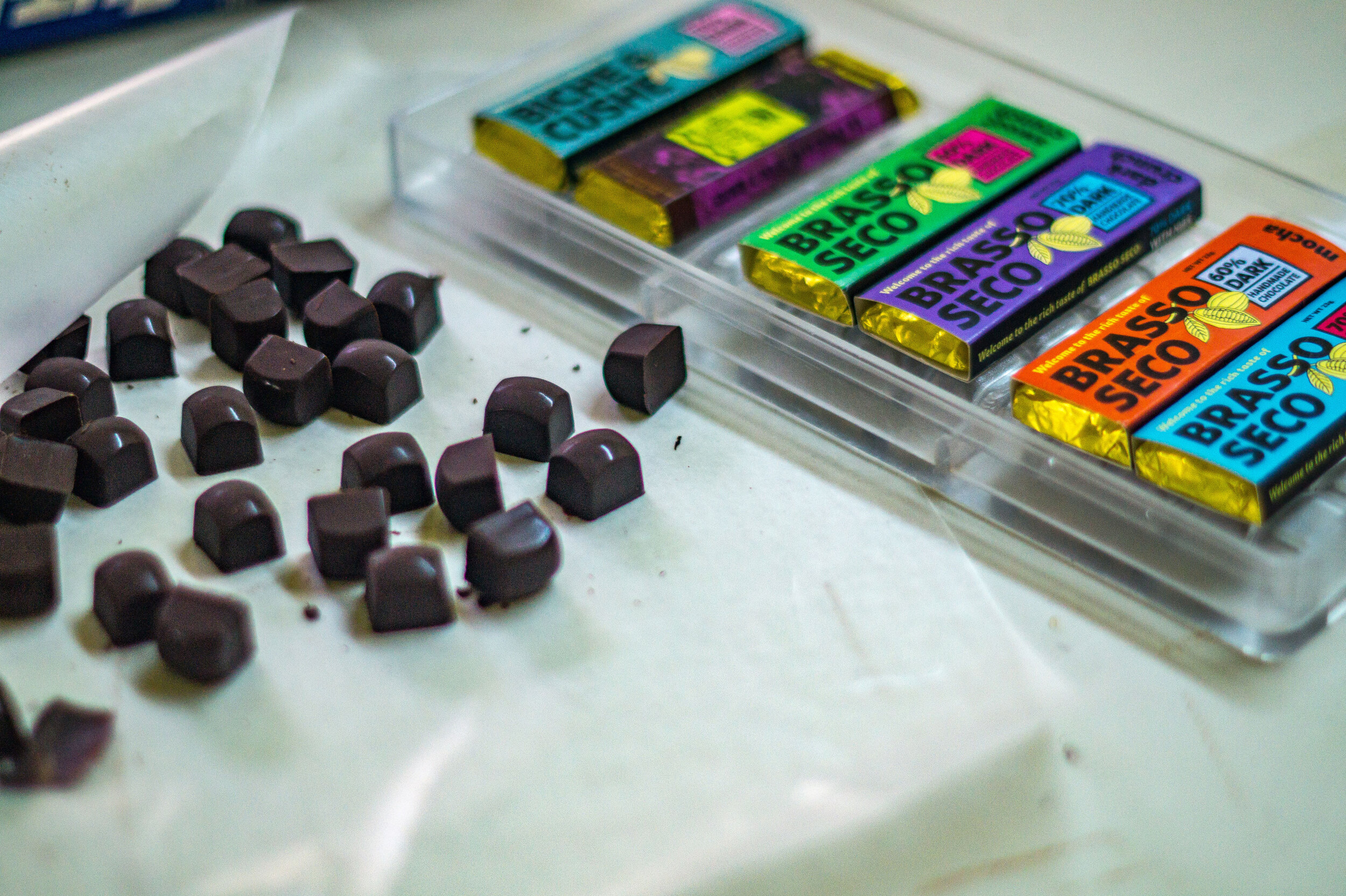
I am at the end of my visit to Brasso Seco and I can’t help but feel inspired by the hope translated into community action. While the cooperative moves through the stages in its development plan, companies like the Brasso Seco Chocolate Company also work to increase not only the skills and income in the community, but also community wellness. All this, a part of the great love story between a handful of community members who desire to give back to the place that they call home. I inhale the visceral beauty of the valley as I begin the journey back, taking in the crispness of the mountain air once again. Reveling in the calm and peace that comes from being surrounded by forest, I am certain that I, too, must soon return.

Works consulted:
“Spanish in Trinidad and Tobago” by Dr. Sylvia Moodie-Kublalsingh https://sta.uwi.edu/stan/article14.asp
“Trinidad Cocoa Part II Cocoa Panyols and Cadbury” by Angelo Bissessarsingh http://www.classifieds.guardian.co.tt/lifestyle/2014-01-12/trinidad-cocoa-part-ii-cocoa-panyols-and-cadbury
Interviews with Kelly Fitzjames, Carl Fitzjames, Andrew Charlery and Winston Maraj at Brasso Seco, November 2018
